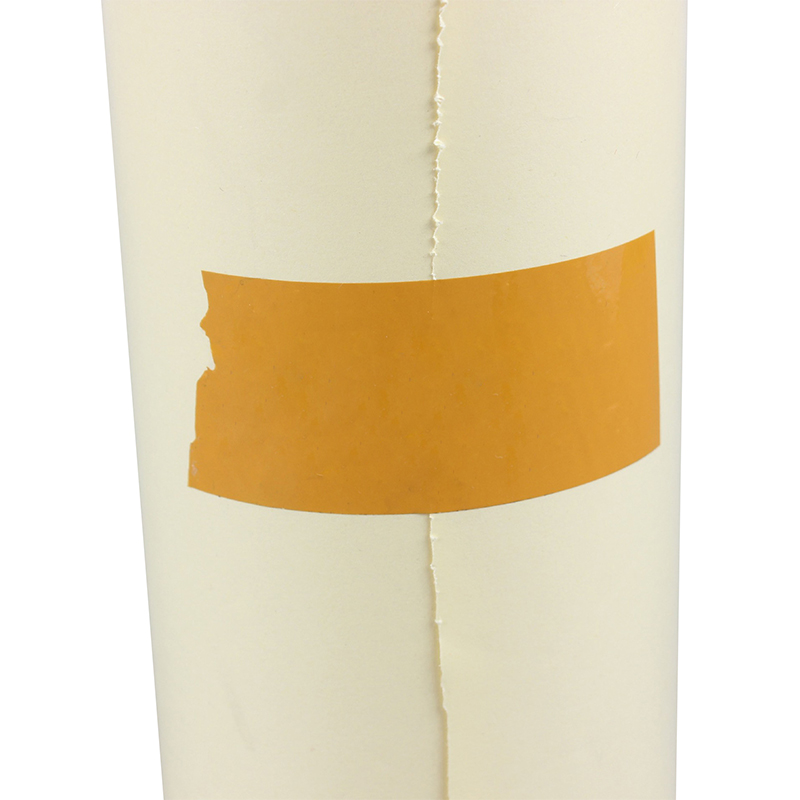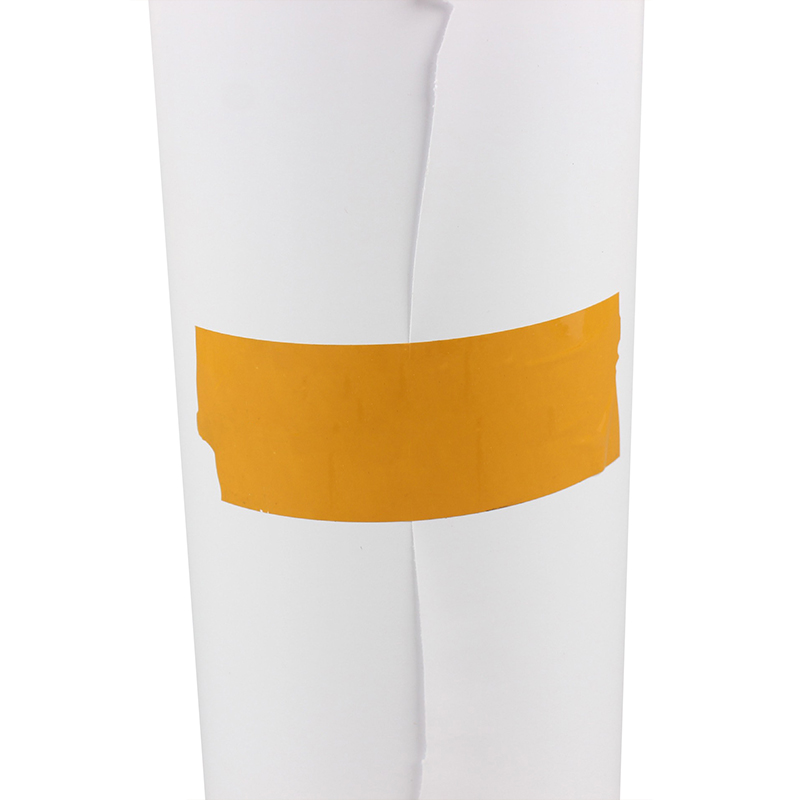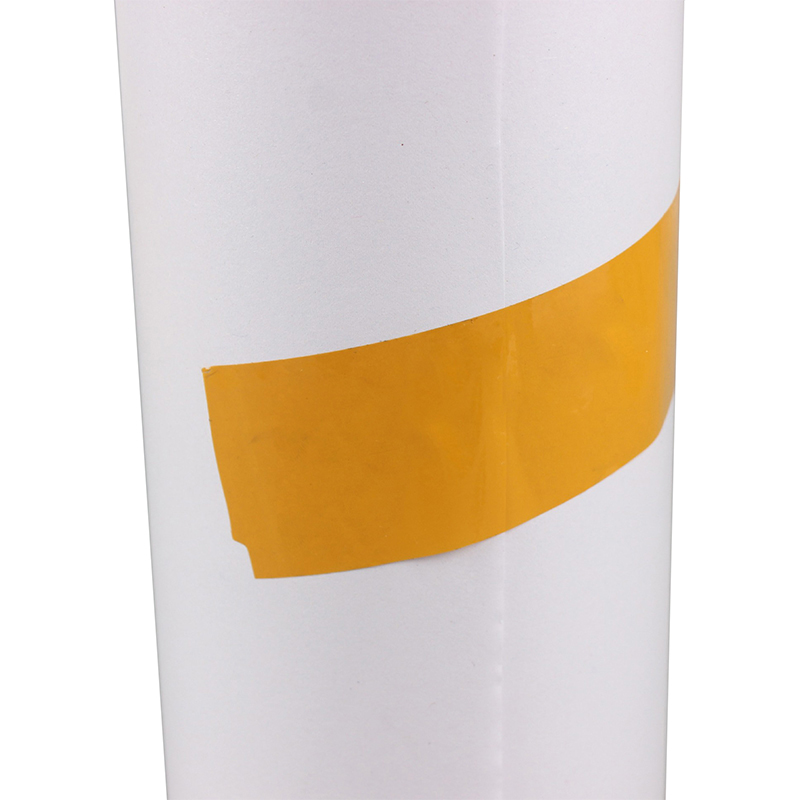In high-precision manufacturing applications such as food packaging, medical consumables, and electronic component assembly, the demand for anti-stick materials is becoming increasingly stringent. While traditional double-sided silicone-coated paper offers bidirectional anti-stick properties, uneven coating thickness and uncontrolled friction coefficients often lead to frequent stalls in automated production lines and increased material waste. Single-sided silicone-coated paper, however, leverages a micron-level precision coating process, redefining the performance boundaries of anti-stick materials with its innovative design of "one side waterproof and anti-sticking, the other side maintaining friction" (a feature that provides water resistance and resistance). This article will delve into the technological breakthroughs, application value, and industry impact of this process.
I. The "Achilles' Heel" of Traditional Double-Sided Coatings: The Dual Dilemma of Sticking and Efficiency
1. Uncontrolled Coating Thickness: The Unbalance from "Anti-Stick" to "Slippery"Traditional double-sided silicone-coated paper uses air knife or roller coating processes, resulting in coating thickness fluctuations of up to ±3μm (micrometers). In high-speed automated production lines, this unevenness can lead to:Excessive anti-sticking: Areas where the coating is too thick have a coefficient of friction below 0.1, causing packaging materials to drift on the conveyor belt, leading to problems like stacking and jamming. Statistics from one bakery company show that when using traditional double-sided silicone paper, slippage on the cake demoulding line accounts for 12% of downtime.Insufficient anti-sticking: Areas where the coating is too thin have a coefficient of friction above 0.5, causing adhesion to adjacent materials, resulting in tearing of the packaging film and difficulty accessing medical dressings. A pharmaceutical company's Band-Aid production line once suffered from adhesion issues, leading to 15% of products being scrapped due to damaged packaging.2. The Dual Pressures of Cost and Environmental ProtectionDouble-sided coating requires twice the amount of silicone oil (approximately 8-12g/m²), and excessively thick coatings reduce the paper's breathability, forcing companies to add perforations to maintain product performance. Furthermore, VOC emissions from traditional silicone oil (which contains organic solvents) are facing strict restrictions under EU REACH regulations.
II. Micron-Level Coating Process: "Precision Surgery" for Single-Sided Anti-Stick
1. Slot-Slot Coating: "Coating Blade" of Nano-Level ControlThe core breakthrough of single-sided silicone oil paper lies in slot-slot coating technology. This technology achieves a leap in coating precision through the following mechanisms:Die Design: Laser-engraved micron-level flow channels (50-200μm width) ensure uniform laminar extrusion of silicone oil, keeping coating thickness fluctuations within ±0.5μm.Speed Matching: The substrate (e.g., glassine paper) operating speed is linked to the coating liquid extrusion speed in real time, dynamically adjusted by the PLC system to avoid coating stretching or buildup defects.Drying Control: A dual-system of infrared and hot air drying evaporates the solvent to less than 0.5% within 3 seconds, preventing thickness variations caused by coating flow.Case study: Laboratory data from a Japanese coating equipment manufacturer showed that, using a slot extrusion process, single-sided silicone oil paper achieved coating uniformity (CV value) down to 2.3% from 8% with conventional processes at a high speed of 100 m/min.2. Surface Energy Gradient Control: The Physical Magic of "Slippery" on One Side, "Grippy" on the OtherThe anti-stick properties of single-sided silicone oil paper stem from differentially controlling the surface energy of each side:Coated side: The polydimethylsiloxane (PDMS) chains in the silicone oil are oriented to form a hydrophobic layer with a low surface energy (22-25 mN/m) and a coefficient of friction as low as 0.08-0.12.Uncoated side: The original fiber structure of the paper is retained, with a surface energy of 40-45 mN/m, providing sufficient friction (0.3-0.5) to ensure stable conveying.Experimental verification shows that when single-sided silicone paper is placed in contact with the uncoated side, the peel force (at a 180° angle) is only 0.03N/25mm. However, the peel force of double-sided coated paper fluctuates between 0.02-0.15N/25mm, significantly increasing production line uncertainty.
III. Application Revolution: From "Passive Anti-Stick" to "Active Efficiency Enhancement"1. Food Packaging: A "Release Revolution" in the Baking IndustryDuring cake demoulding, the uncoated side of single-sided silicone paper provides moderate adhesion to the metal surface of the baking pan (peel force 0.1-0.2N/25mm), preventing the paper from sliding; the coated side ensures that the cake base is completely released. Tests conducted by a bakery chain show that using single-sided silicone paper reduced the demoulding failure rate from 3.2% to 0.5%, and increased daily production capacity on a single line by 18%.2. Medical Consumables: "Precise Access" of Sterile PackagingSurgical dressing packaging must be both moisture-resistant and easy to tear. Single-sided silicone paper, with the coated side facing outward, prevents the dressing from sticking to the outer packaging during transport; the uncoated side faces inward, ensuring a tight seal through moderate friction. Accelerated aging tests (60°C/75% RH, 30 days) conducted by a medical device company showed that the packaging integrity retention rate for single-sided silicone paper reached 99.7%, significantly higher than the 92.1% for double-sided coated paper.3. Electronics Manufacturing: The "Static Buster" for SMTIn surface mount technology (SMT), the uncoated side of single-sided silicone paper creates stable friction with the carrier tape, preventing component displacement. The coated side is treated with an antistatic treatment (surface resistance of 10⁶-10⁹Ω) to protect components from dust. According to statistics from a mobile phone OEM manufacturer, the use of single-sided silicone paper reduced the component defect rate due to static electricity in SMT lines from 0.15% to 0.03%.
IV. Industry Impact and Future Trends
1. Cost Restructuring: The "Cost Reduction Formula" of Single-Sided CoatingSingle-sided silicone paper uses 40-60% less silicone oil than double-sided coating, and does not require additional perforation. For a packaging company with an annual consumption of 1,000 tons, switching to single-sided silicone paper can reduce material costs by 22% and VOC emissions by 65%, in line with ESG (Environmental, Social, and Governance) investment trends.2. Technological Iteration: Evolution of Coating from "Micron" to "Nano"Next-generation single-sided silicone paper is exploring atomic layer deposition (ALD) technology. By depositing a nanoscale silica layer (5-20nm thick) on the paper surface, it achieves the dual properties of superhydrophobicity (contact angle >150°) and high friction. Preliminary experiments show that ALD-coated single-sided silicone paper can reduce ink smearing by 30% in ink printing applications.3. Sustainable Transformation: A "Green Alternative" to Bio-Based Silicone FluidsWhile traditional silicone fluids rely on petroleum-based raw materials, bio-based silicone fluids (such as hydroxyl silicone fluids extracted from corn stalks) have entered the pilot stage. A German company has developed a bio-based, single-sided silicone paper with a carbon footprint 58% lower than fossil-based products, while also meeting coating performance standards.
Single-Sided Coating: Ushering in the "Precision Era" of Anti-Stick MaterialsFrom baking release to electronic assembly, from medical packaging to environmental protection and cost reduction, single-sided silicone paper, leveraging the magic of micron-scale coating technology, is reshaping the technical standards for anti-stick materials. It not only solves the sticking problem of traditional double-sided coatings, but also, through its "one-side anti-stick, one-side efficiency" design philosophy, provides a more controllable and economical solution for high-precision manufacturing. With breakthroughs in nano-coating and bio-based materials, this "single-sided" industrial revolution is likely to continue to reshape the anti-stick material market.





